How to Choose the Right Blog Topics to Engage Your Audience
Blogging remains one of the most effective ways to build an online presence, engage an audience, and drive organic traffic to a website. In fact, 83% of internet users, approximately 4.44 billion people, read blog posts. However, with so much content available online, selecting the right topics is crucial to standing out and keeping your […]


Blogging remains one of the most effective ways to build an online presence, engage an audience, and drive organic traffic to a website. In fact, 83% of internet users, approximately 4.44 billion people, read blog posts. However, with so much content available online, selecting the right topics is crucial to standing out and keeping your audience engaged.
Understanding Your Audience
The foundation of choosing engaging blog topics starts with understanding your target audience. If you don’t know what your readers care about, your content will likely miss the mark.
Identify Your Audience
Start by defining your ideal reader. Ask yourself:
- What are their demographics (age, gender, location, profession)?
- What are their interests and pain points?
- What problems are they looking to solve?
- What type of content do they engage with the most?
Creating reader personas can help clarify who you’re writing for. These personas should be based on real data, including analytics from your website and social media insights.
Use Audience Feedback
One of the best ways to choose relevant blog topics is to listen to your audience directly. You can do this by:
- Conducting surveys or polls.
- Reading comments on your blog and social media.
- Paying attention to frequently asked questions in your industry.
- Engaging in online communities, forums, and groups where your audience participates.

Keyword Research: Finding Topics That Get Searched
Keyword research is a critical component of topic selection. If no one is searching for a topic, it’s unlikely to drive traffic.
Tools for Keyword Research
Several tools can help identify popular search terms:
- Google Keyword Planner – Provides search volume data for specific keywords.
- Ubersuggest – Offers keyword suggestions and SEO difficulty scores.
- SEMrush – Analyzes competitor keywords and trending topics.
- AnswerThePublic – Displays questions people ask related to your topic.
Finding Low-Competition Keywords
While high-volume keywords are appealing, they are often highly competitive. Instead, look for:
- Long-tail keywords (e.g., “how to choose engaging blog topics” instead of “blog topics”).
- Questions and queries people ask in search engines.
- Keyword gaps your competitors haven’t covered.
SEO in Blog Topic Selection
SEO plays a major role in attracting organic traffic. When selecting topics, consider:
- Search intent – Is the user looking for information, a product, or a service?
- Competition level – Can you realistically rank for this keyword?
- Related keywords – Can you expand on this topic with related posts?
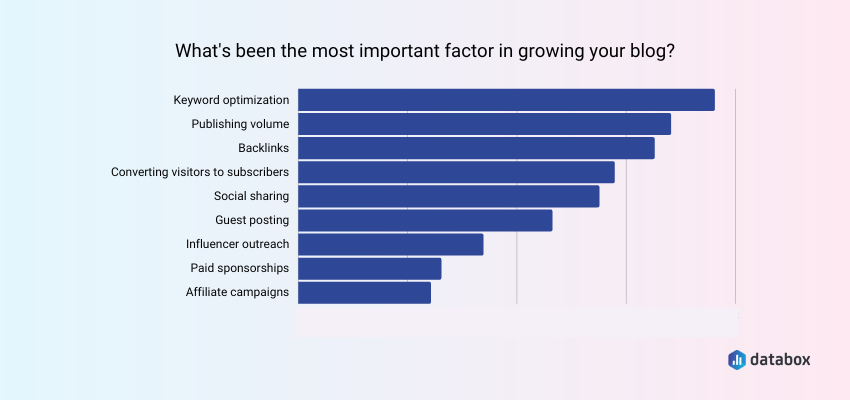
Analyzing Competitors for Content Gaps
Competitor research helps identify gaps in existing content. Analyze:
- What topics they frequently cover.
- How well their content is performing (shares, comments, backlinks).
- Which topics they haven’t covered in-depth.
You can use tools like SEMrush or Ahrefs to analyze competitors’ top-performing content and find opportunities to create something better.
Leveraging Personal Experiences for Unique Content
One way to stand out is by sharing personal experiences. Readers appreciate authenticity and unique insights that aren’t found elsewhere.
Ways to incorporate personal experience:
- Share personal case studies or lessons learned.
- Provide insights from industry experience.
- Offer real-life examples that illustrate your points.
Staying Updated with Industry Trends
Trends shape content demand. Stay updated by:
- Following industry news sites.
- Subscribing to relevant newsletters.
- Monitoring trending hashtags on social media.
- Using Google Trends to track topic popularity over time.
Being among the first to write about emerging topics can position you as an authority in your niche.
Content Formats That Boost Engagement
Diversifying content formats helps keep your audience engaged. Consider:
How-to Guides
Readers love actionable content. A well-structured how-to guide with clear steps and examples makes complex topics easier to understand.
Listicles
Lists provide digestible information. Examples include:
- 10 Blogging Mistakes to Avoid
- 5 Best SEO Tools for Bloggers
- 7 Ways to Repurpose Old Blog Content
Infographics
Visual content increases engagement. Infographics help break down complex information into an easy-to-digest format.
Interviews
Interviewing industry experts adds credibility and provides fresh perspectives.
Case Studies
Case studies show real-world applications of concepts and build trust.
Quality Over Quantity
While publishing frequency is important, quality should never be sacrificed. According to Orbit Media, bloggers today prioritize in-depth, high-quality posts over frequent, short updates. A well-researched, 1,500-word post with valuable insights is more effective than multiple 500-word generic posts.
Writing Engaging Headlines
Your blog’s headline is the first thing readers see. 4 out of 5 people will read a headline but only 1 in 5 will read the full post.
Tips for Writing Headlines:
- Use numbers (e.g., “5 Ways to Improve Your Blog”)
- Incorporate power words (e.g., “amazing,” “essential,” “proven”)
- Ask questions (e.g., “Are You Making These Blogging Mistakes?”)
- Keep it concise (under 70 characters for SEO purposes)
Encouraging Audience Interaction
Engagement increases when readers feel involved. Encourage interaction by:
- Ending with a question that prompts discussion.
- Inviting readers to share their experiences.
- Responding to comments and fostering a community.
Remember not to be generic. How are you unique? What makes you YOU? Use that.
Promoting Your Content
Creating great content is only half the battle. Promotion ensures it reaches the right audience.
Ways to Promote Blog Posts:
- Social media – Share posts across Facebook, Twitter, LinkedIn, and Pinterest.
- Email marketing – Notify subscribers about new content.
- Guest blogging – Contribute to other blogs to gain exposure.
- SEO optimization – Optimize titles, meta descriptions, and internal linking.
- Repurpose content – Turn blogs into social media posts, videos, or infographics.
Repurposing content specifically is a fantastic way to reach your audience across every platform you’re on!
Measuring Blog Performance
To refine your content strategy, analyze performance using:
- Google Analytics – Track traffic, bounce rates, and time on page.
- Social media insights – Monitor shares and engagement.
- SEO tools – Check rankings and backlink growth.
Check out this article for a more in-depth guide on how to measure your performance.
You Can Captivate Your Audience (With A Little Strategy)
Selecting the right blog topics requires understanding your audience, conducting keyword research, analyzing competitors, and staying updated with industry trends. Combining SEO-friendly topics with engaging, high-quality content ensures your blog remains relevant and attracts readers. By leveraging data-driven strategies and personal insights, you can consistently create blog posts that engage your audience and drive traffic.
If you need assistance with creating blog content that actually converts, Marketing Insider Group is thrilled to help you. Choose from three content marketing packages we made specifically for businesses like yours. To chat with us, book a FREE demo via Zoom call here.


















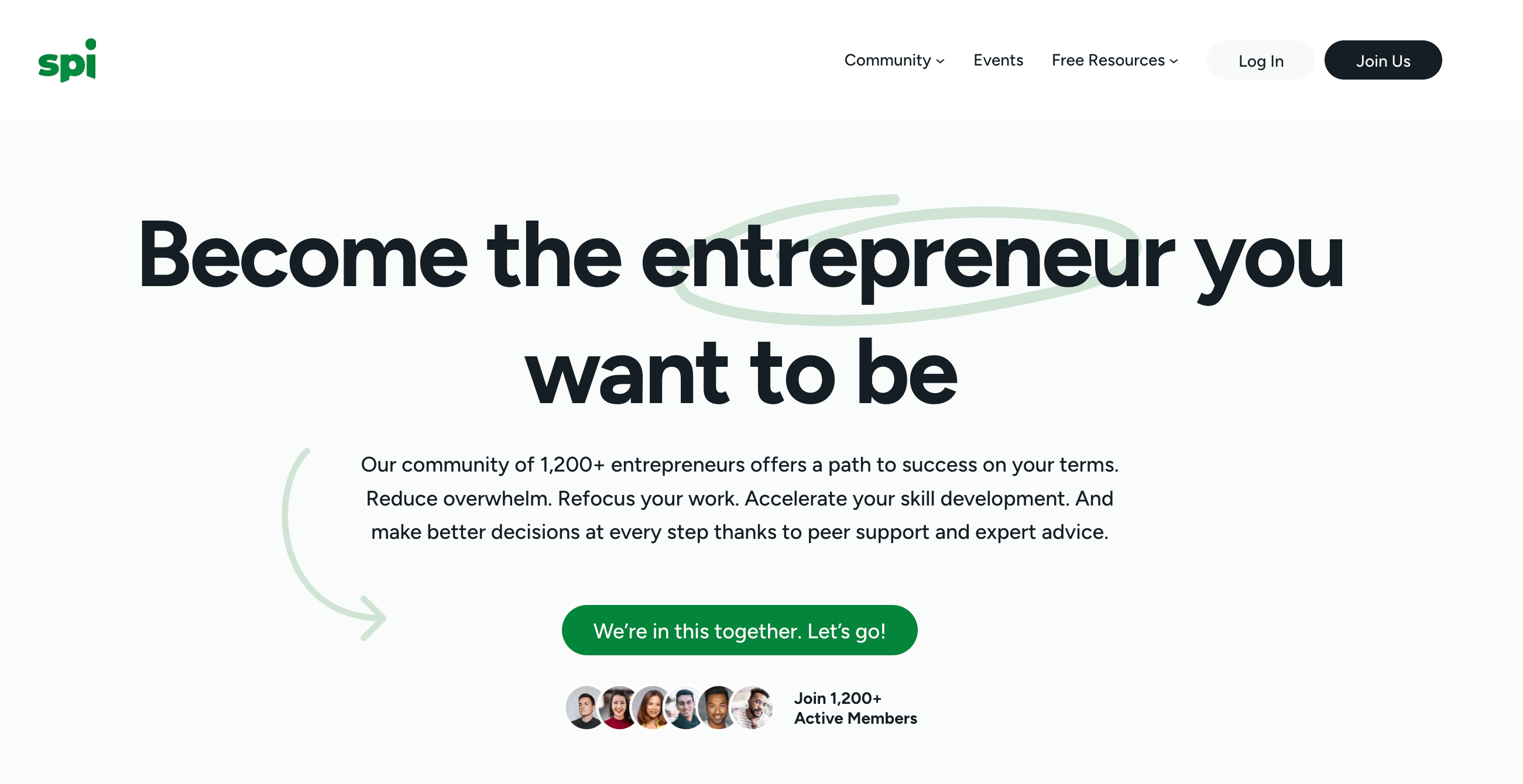











































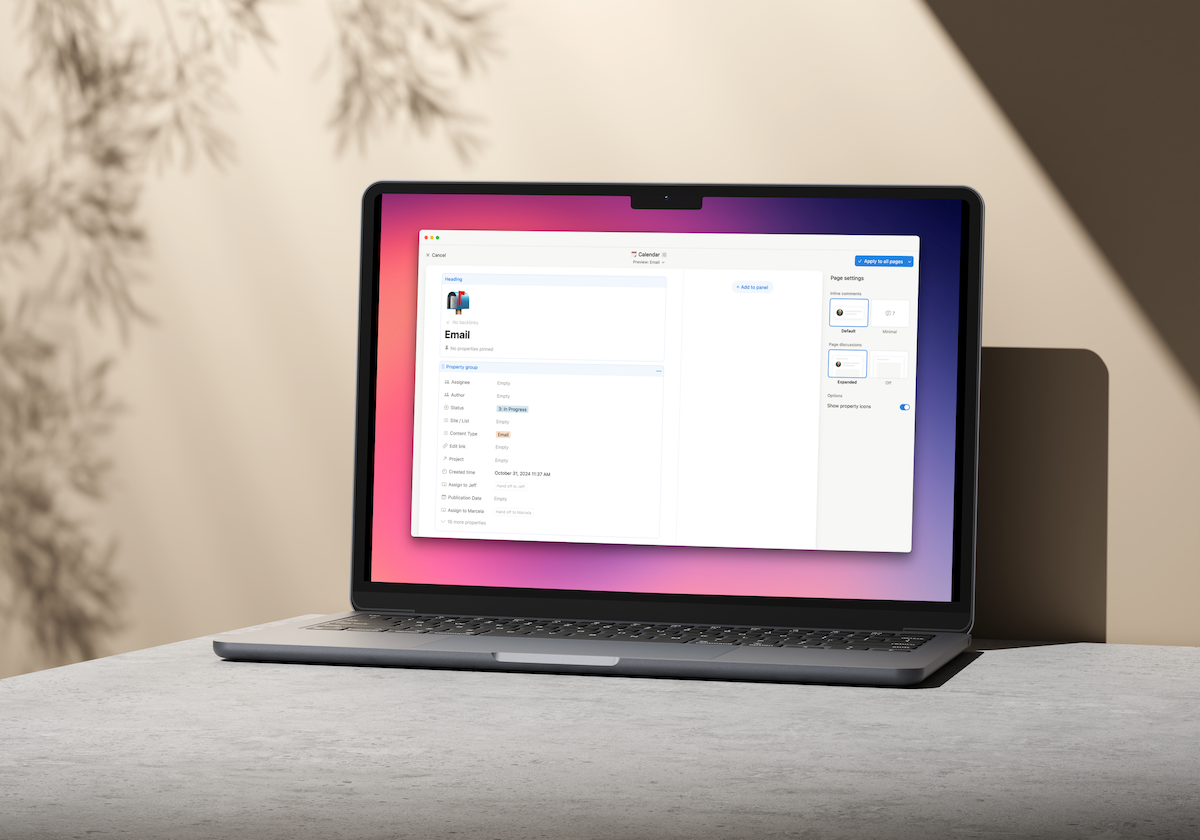







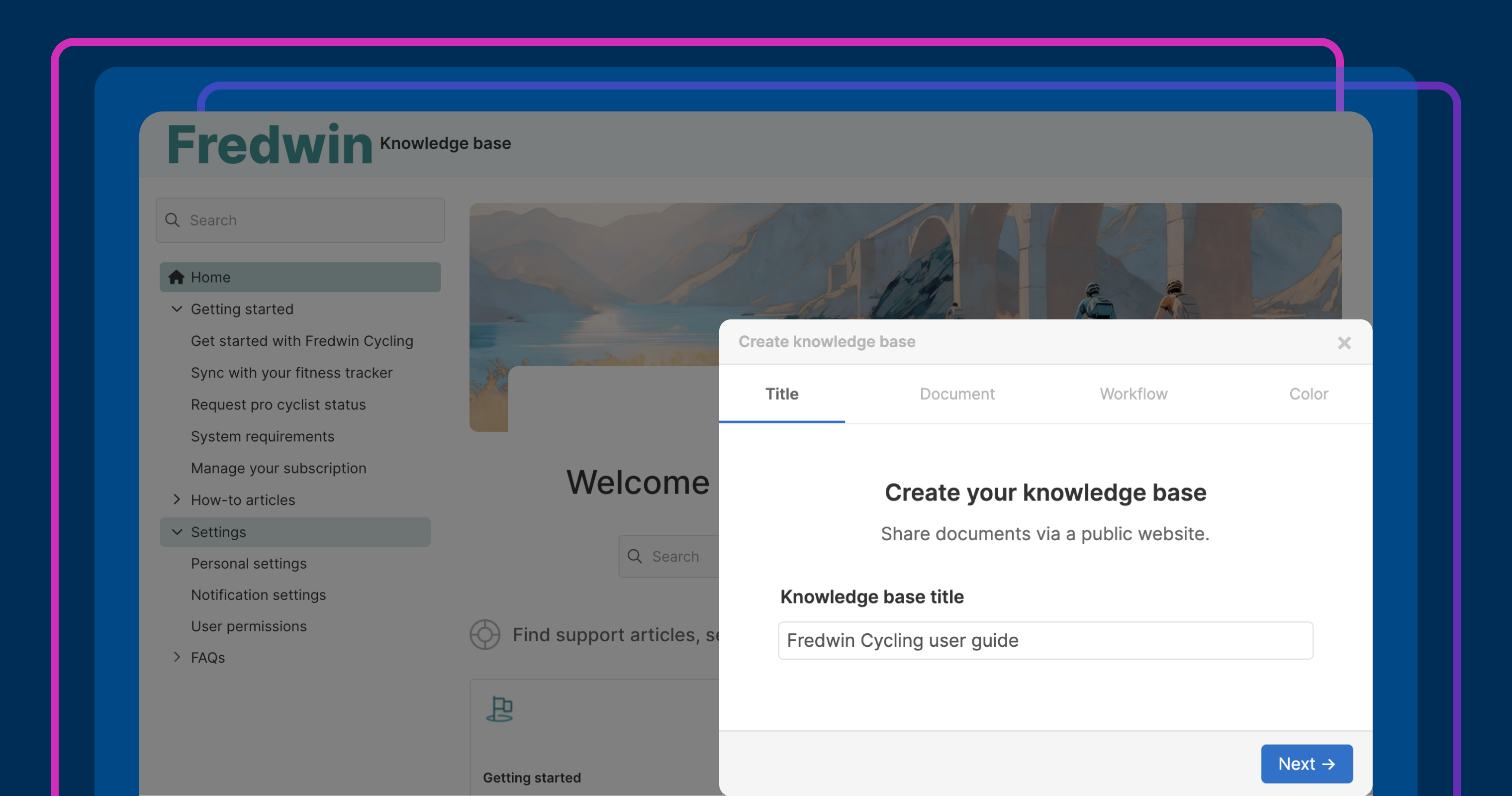





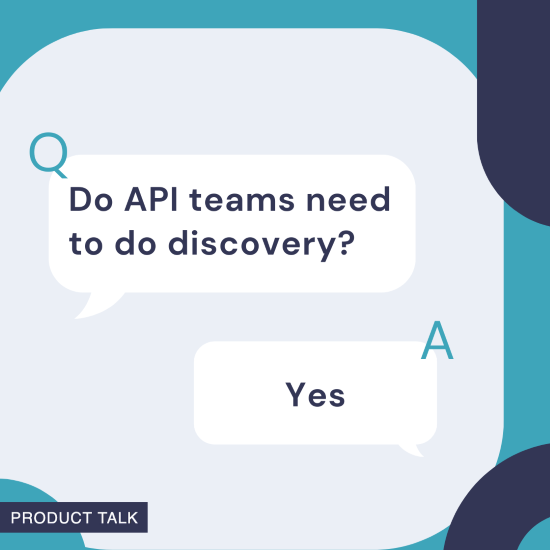
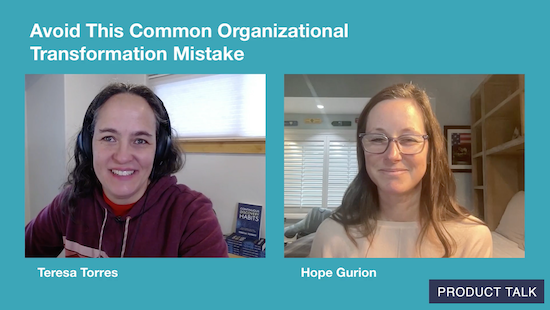
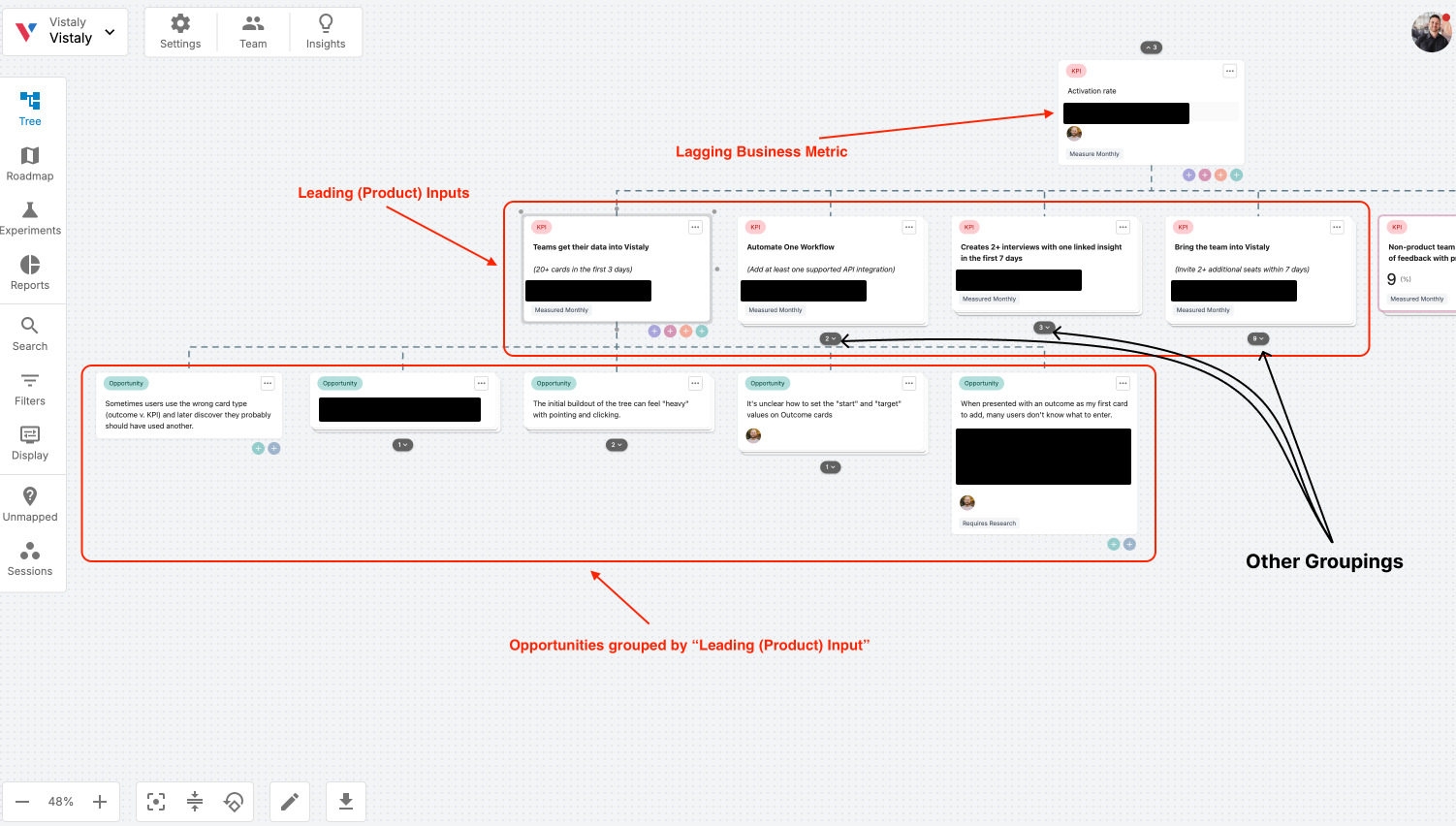
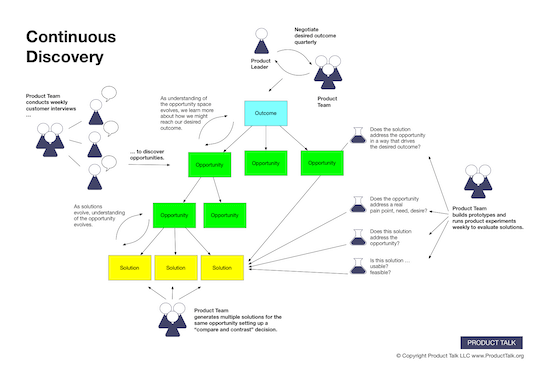













![Building A Digital PR Strategy: 10 Essential Steps for Beginners [With Examples]](https://buzzsumo.com/wp-content/uploads/2023/09/Building-A-Digital-PR-Strategy-10-Essential-Steps-for-Beginners-With-Examples-bblog-masthead.jpg)
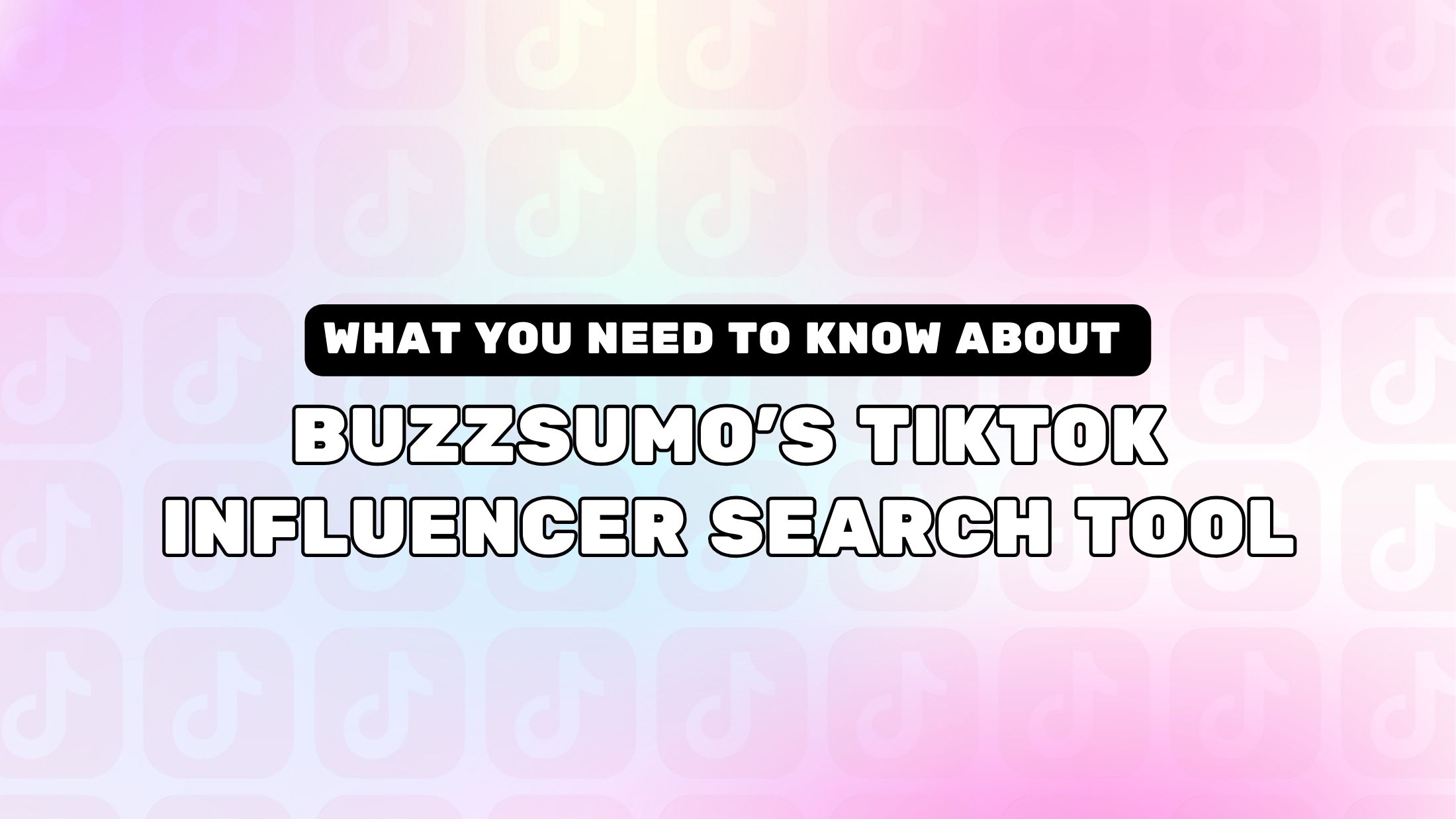


![How One Brand Solved the Marketing Attribution Puzzle [Video]](https://contentmarketinginstitute.com/wp-content/uploads/2025/03/marketing-attribution-model-600x338.png?#)




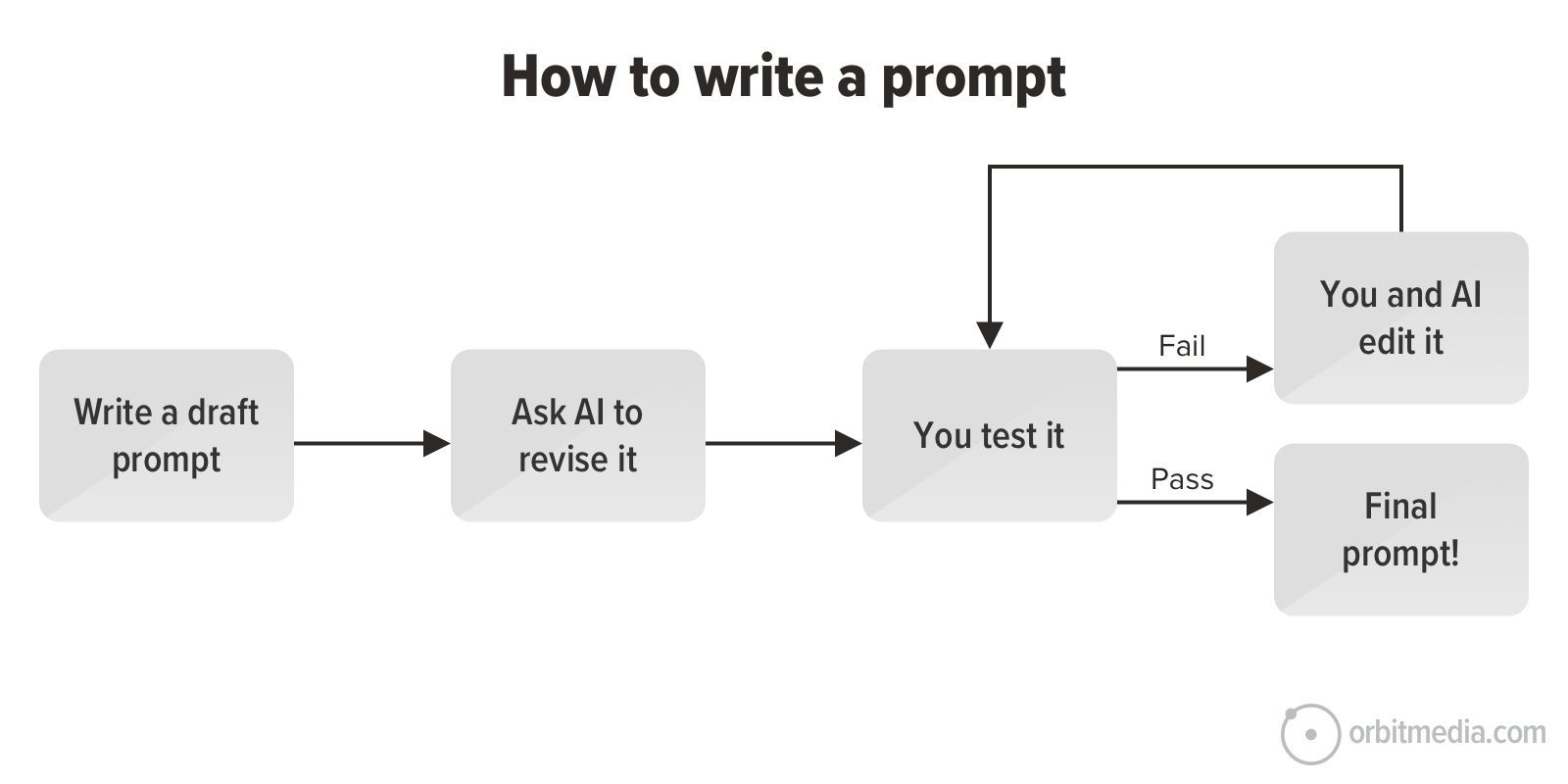
![How to Use GA4 to Track Social Media Traffic: 6 Questions, Answers and Insights [VIDEO]](https://www.orbitmedia.com/wp-content/uploads/2023/06/ab-testing.png)
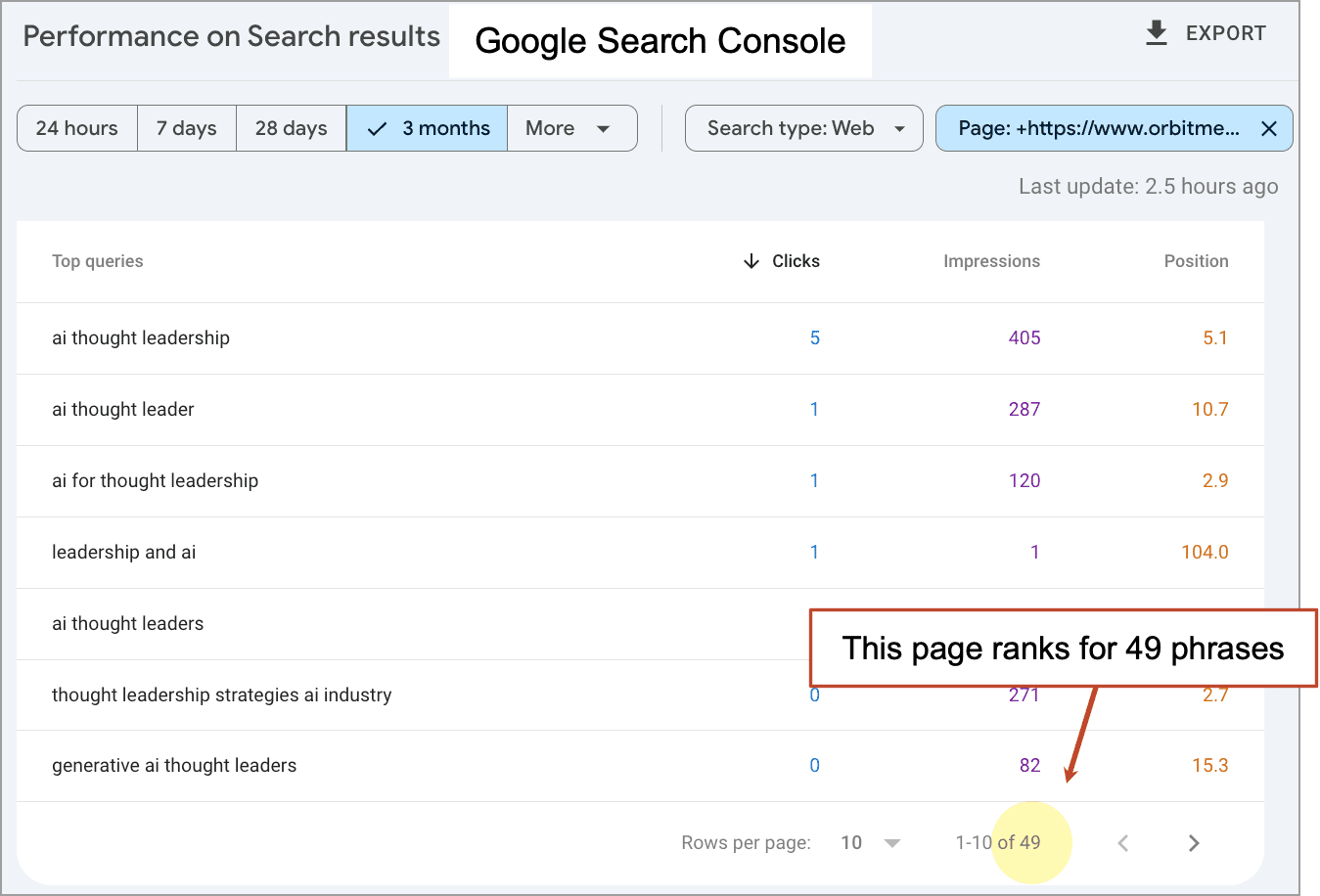








![[Hybrid] Graphic Designer in Malaysia](https://a5.behance.net/920d3ca46151f30e69b60159b53d15e34fb20338/img/site/generic-share.png)






















